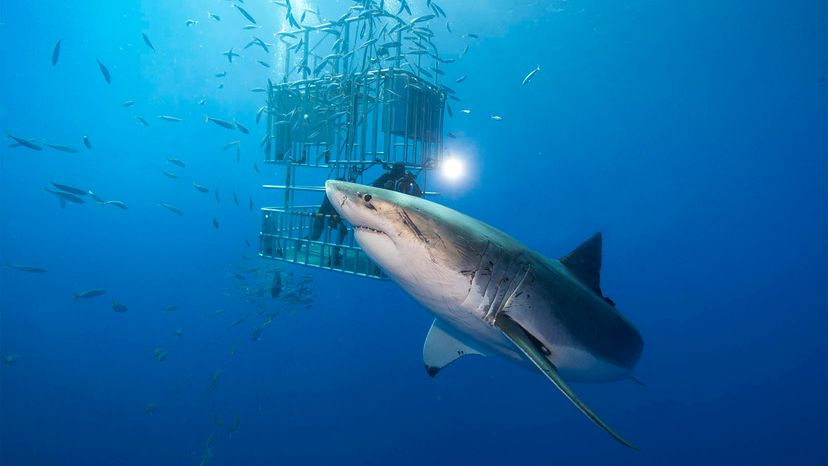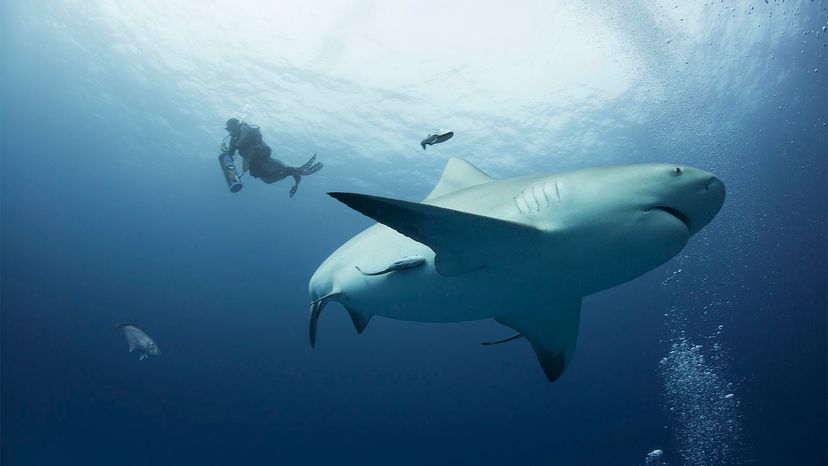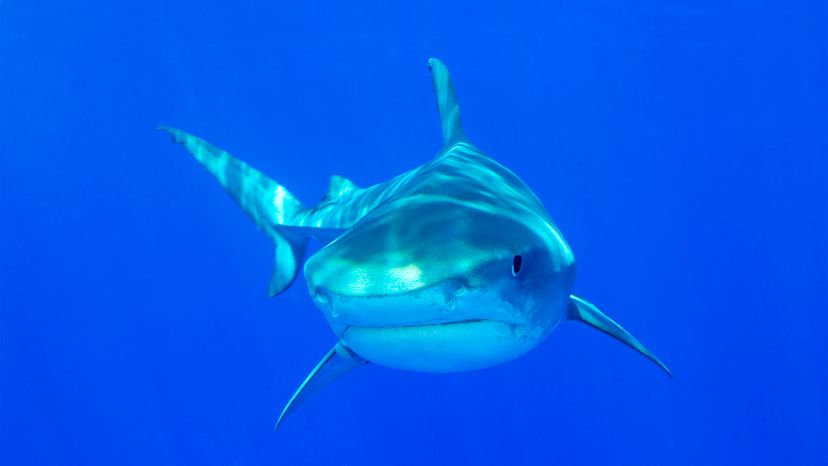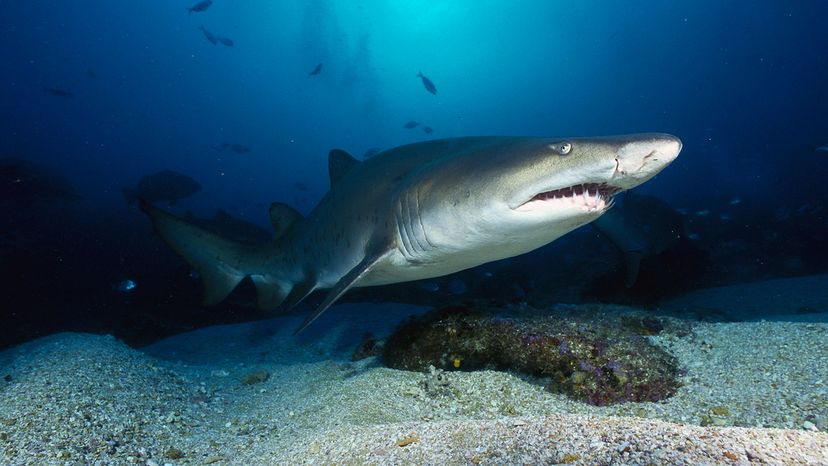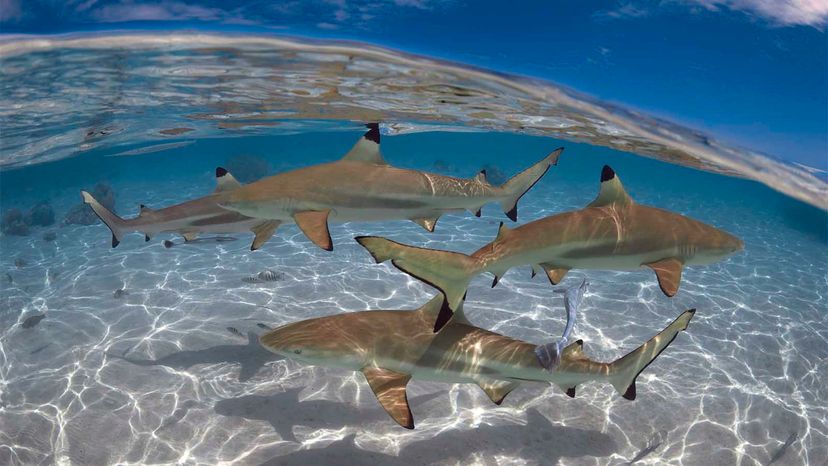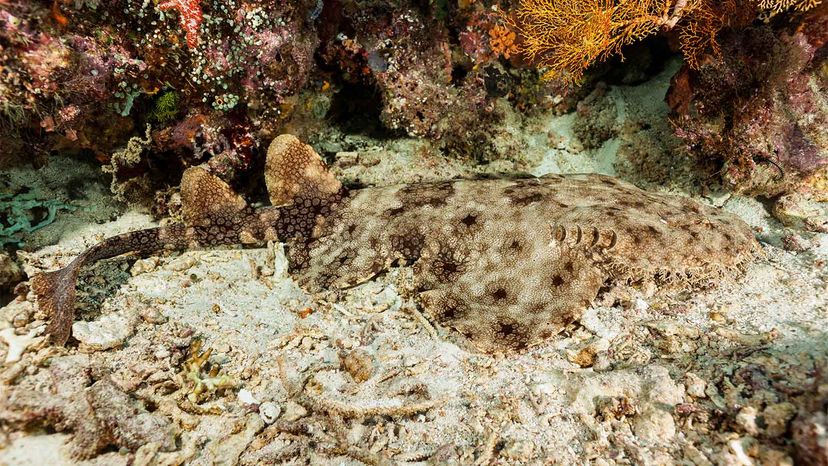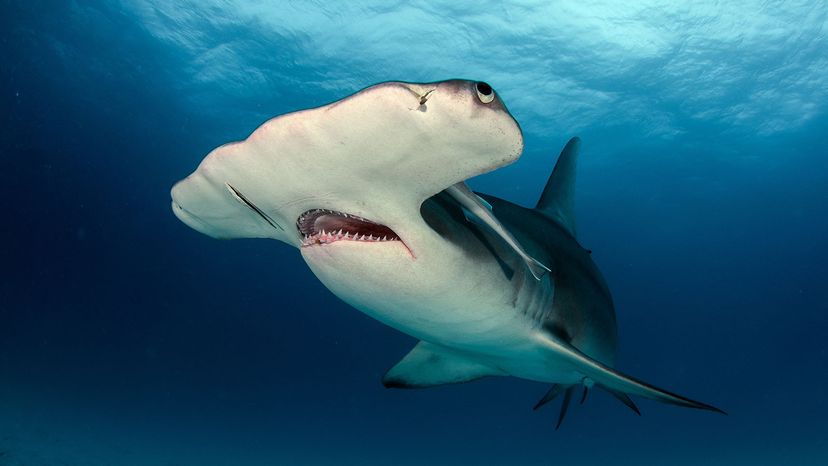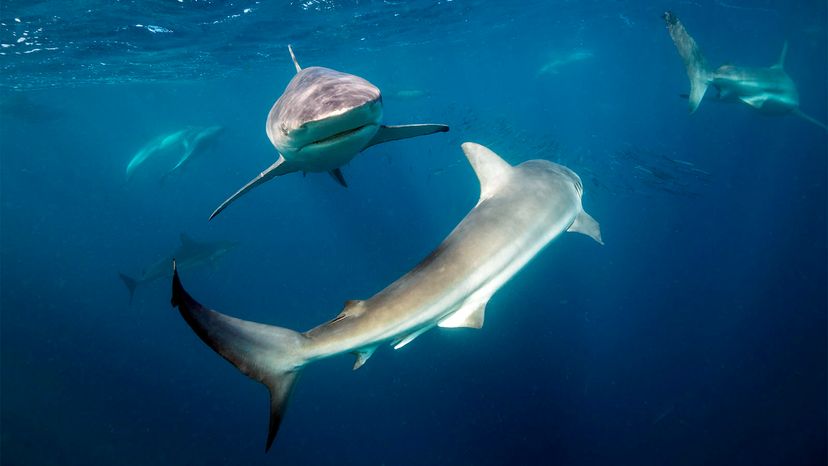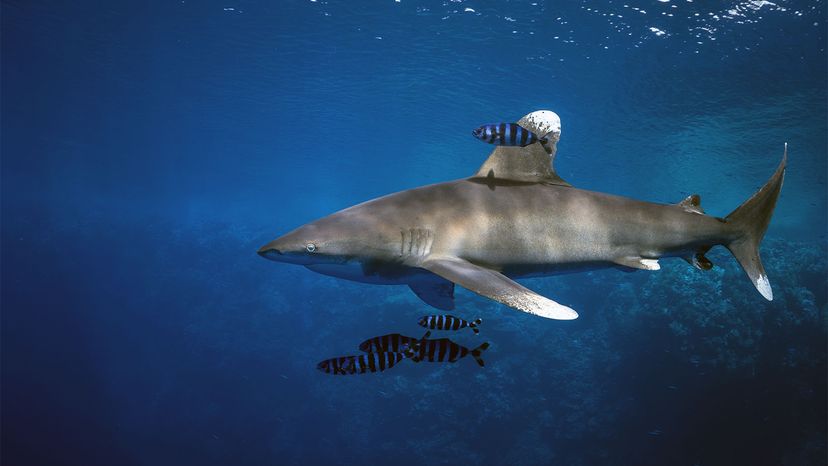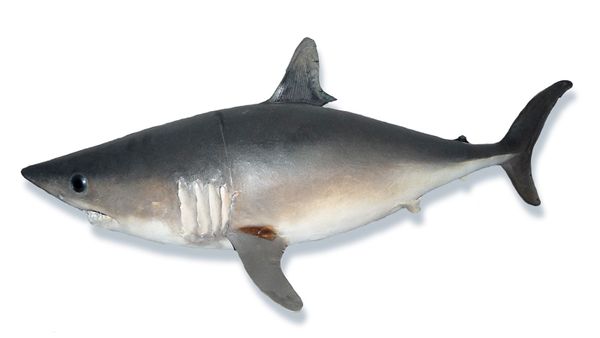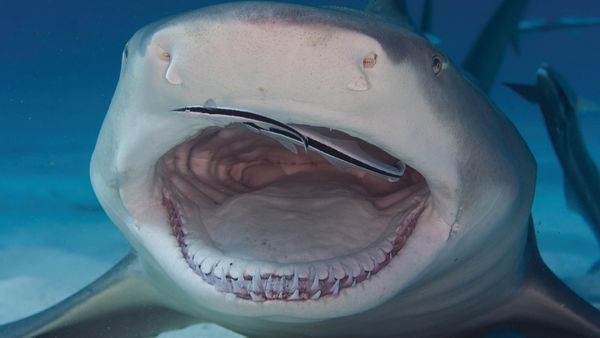
Key Takeaways
- Tiger sharks and great white sharks are among the most dangerous sharks, known for their aggressive nature and numerous attacks on humans.
- Despite their reputation, shark attacks are relatively rare compared to other animal-related incidents, and most sharks do not pose a significant threat to humans.
- Conservation efforts highlight the importance of understanding shark behavior and protecting these species from overfishing and habitat loss.
Poor sharks. They have a bad reputation, but are they really dangerous? After all, a cow is more likely to kill you than a shark [source: Faletto]. But nobody is making movies about deadly cownados.
For many, sharks represent the unknown and the unknowable. Any shark that measures more than 6 feet (1.8 meters) is a potential threat to humans because it's big and because it likely has adaptations, such as more developed jaws and stronger teeth that have enabled its large size [sources: Burgess, Ritter]. These sharks may not be specifically trolling for human flesh, but if they were to take a sample bite, they could do some serious damage.
Advertisement
While the most aggressive shark may always be the one that's swimming toward you, it's worth remembering that of the hundreds of identified shark species, less than 10 percent have been implicated in an attack on a human [source: Martin].
Of the approximately 30 species that have attacked, which are the most dangerous and aggressive sharks? Let's sift through the attack statistics, the stereotypes and the sharp teeth to find out. These 10 top the International Shark Attack File (ISAF) records of attacks around the world between 1580 and the present [source: ISAF].
